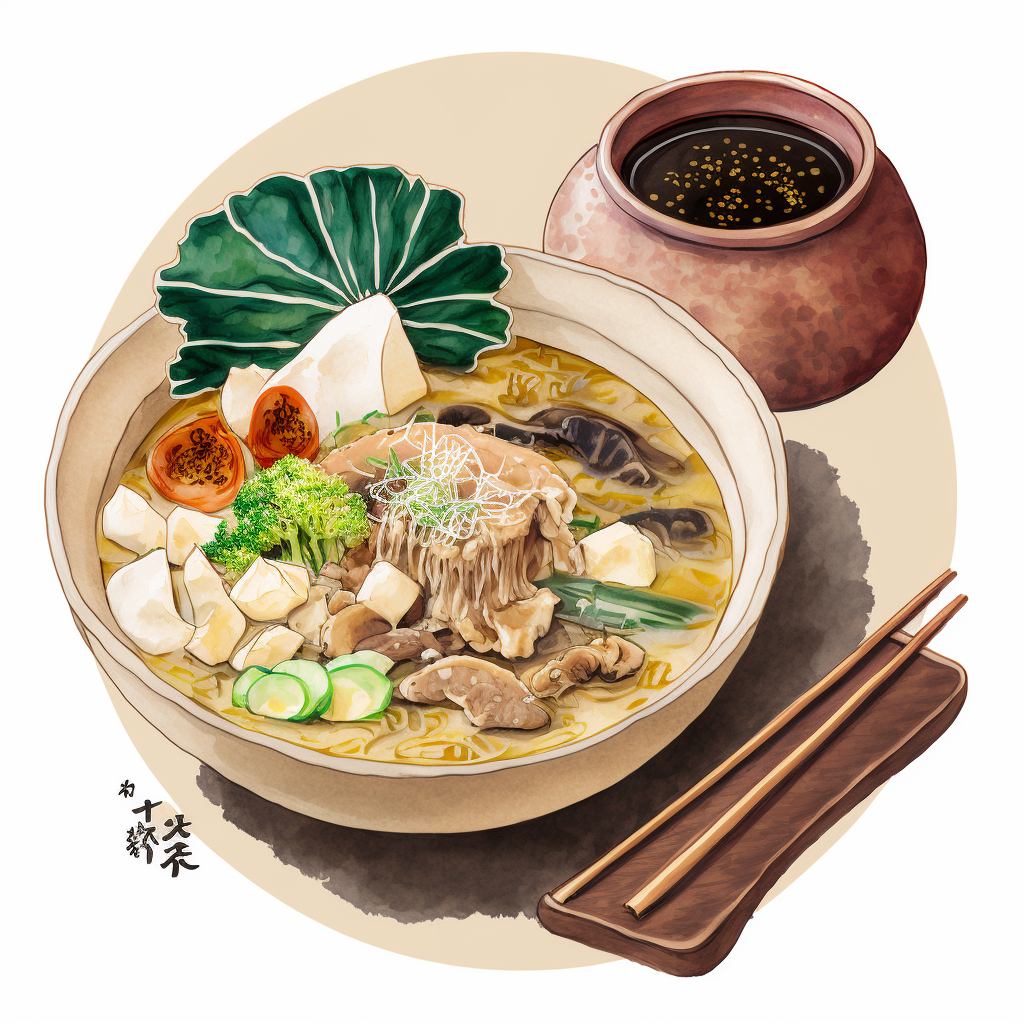The Nattō is a traditional Japanese dish. It is often considered an exquisite food for some and a culinary challenge for others. This unique preparation of fermented soybeans has a fascinating history, remarkable nutritional characteristics, and a distinctive flavor that often divides opinions. Let’s dive into the world of Nattō to discover what makes this dish so special.
The Nattō: Origins and History
The origins of this dish go back centuries in Japanese culinary history. Its production is estimated to have started as early as the Heian period (794-1185). The Japanese discovered soy fermentation thanks to Chinese and Korean influences. Originally, it was made by hand in Japanese houses. But it gradually became a common food throughout Japan.
Manufacturing Process
Making this dish is a complex process that involves fermenting soybeans with a specific bacteria called Bacillus subtilis var. natto. After steaming, the soybeans are inoculated with the bacteria and fermented for a period of 24 to 48 hours at a controlled temperature. This fermentation creates a viscous texture, characteristic gooey threads and a unique aroma.
Nutritional Characteristics
The Japanese appreciate Nattō not only for its distinctive taste, but also for its health benefits. It is incredibly rich in protein, dietary fiber, and vitamins (especially vitamin K2). But it is also rich in essential minerals such as iron, calcium and magnesium. In addition, fermentation gives this dish beneficial enzymes. Which makes it a natural probiotic food, excellent for intestinal health.
Preparation and Consumption
Traditionally, Nattō is eaten for breakfast. In fact, it is mixed with soy sauce, mustard and sometimes chopped green onions. It is often served over rice or wrapped in nori sheets. Its sticky texture and earthy taste make it a unique food. So, it may not please everyone upon first tasting. However, many Nattō lovers consider it a must-visit dining experience.
Varieties and Evolutions of the Nattō:
Although traditional Nattō remains popular, there are many commercial variations available on the market today. Including flavored versions or mixed with other ingredients to appeal to different palates. Some manufacturers have also explored alternative fermentation techniques to produce versions of this dish with unique flavor profiles.
The Nattō: Cultural Impact
Nattō goes far beyond its status as a staple food in Japan. It is often considered a symbol of traditional Japanese cuisine and health. Additionally, this Japanese specialty has attracted international attention due to its health benefits. This makes this dish a sought-after food among healthy cooking enthusiasts and researchers interested in fermented foods.
Conclusion
Nattō embodies the richness of Japanese culinary culture, combining tradition and innovation. Its unique manufacturing process, exceptional nutritional value, and distinct flavor make it a fascinating food for curious foodies and health enthusiasts to explore. Whether you’re intrigued by its slimy texture or impressed by its health benefits, Nattō definitely deserves a place on your list of foods to try at least once in your life.





